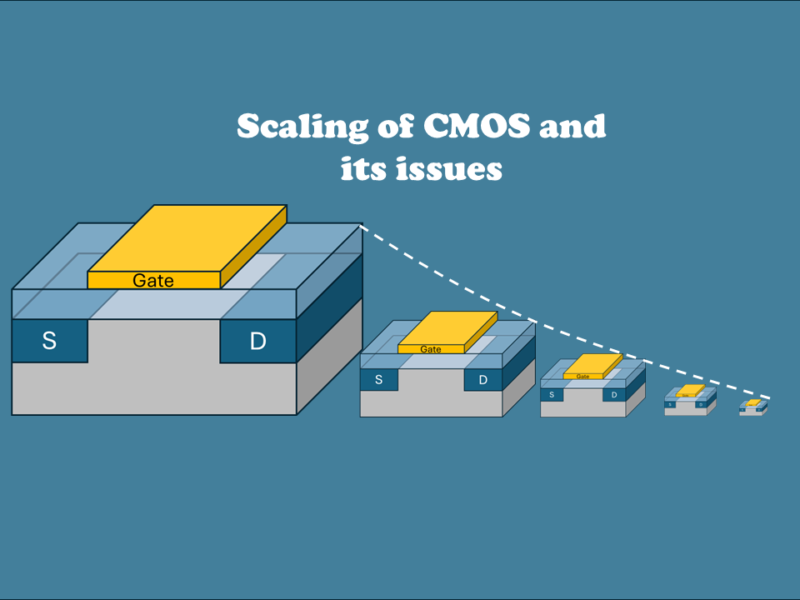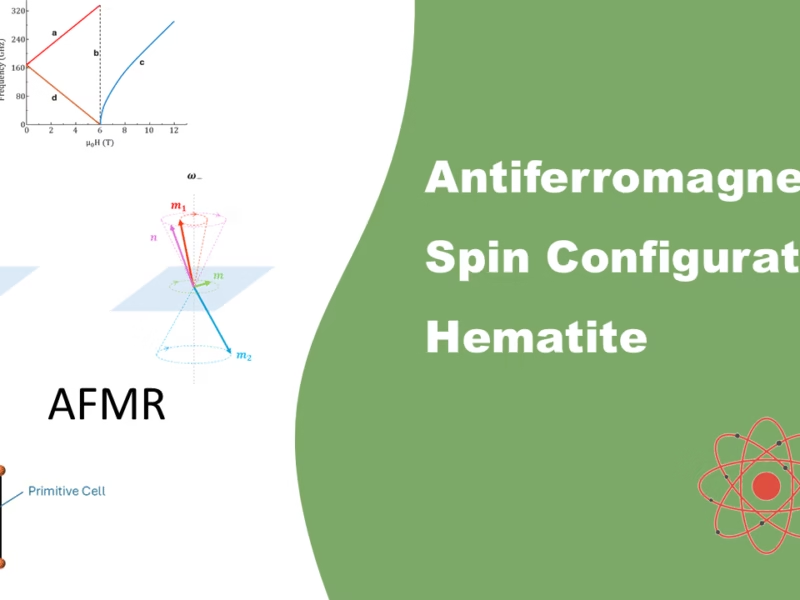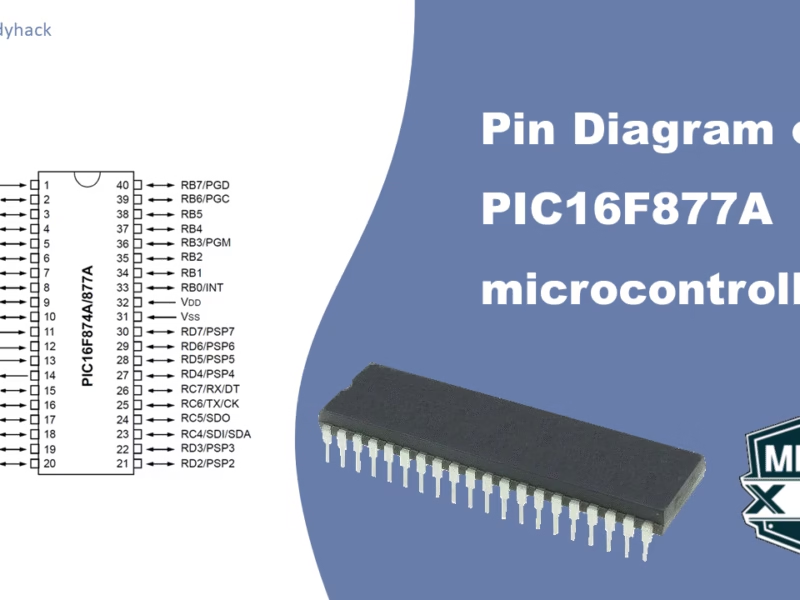The list of abbreviations is part of the series on how to write your dissertation and it goes directly after your table of content. It compiles all the abbreviations and acronyms that you used in your dissertation along with their meanings. These lists are not mandatory, you may want to include it, as it makes the whole package more organized.
If you only used a few abbreviations, this list is not needed. However, it is never a bad idea to include it when you use numerous abbreviations.
- An acronym is formed from the first letter(s) of each word, such as: United States of America (USA).
- An abbreviation is a short form of a word, such as Professor (Prof.).
The first time you use the word in a phrase, you write it in full and place the abbreviation or acronym in parentheses after it. From that moment on, you can use the short version everywhere in the text.
1. Example
For APA style papers the format should be the following:
- Be double-spaced, even when we talk about headings.
- Include a header with a pagenumber throughout your text.
- Have 0.5 inch indentation at the beginning of each new paragraph.
- have margins of 1 inch on all sides of your paper.
- be typed in Times New Roman, size 12pt or Arial, size 11pt.
LIST OF ABBREVIATIONS
AFM Antiferromagnet
AN Anisotropy Constant
EPM Electron Probe Microscopy
FM Ferromagnet
FMR Ferromagnetic Resonance
GMR Giant Magnetoresistance
Hc Critical Field
IP In-Plane
KD Demagnetizing Factor
MFM Magnetic Force Microscopy
MH Hysteresis Magnetization
Ms Saturation Magnetization
MTJ Magnetic Tunnel Junction
OOP Out-Of-Plane
SP-STT Spin-Polarized Spin-Transfer Torque
Dissertation menu
- Dissertation Title Page | Tips & Examples
- Dissertation Preface / Acknowledgements | Tips & Examples
- Dissertation Abstract | Tips and Examples
- Dissertation Table of Content | Tips and Example
- Dissertation Figure and Table List | Tips and Examples
- Dissertation List of Abbreviations | Tips and Example
- Dissertation Introduction | Tips and examples
- Dissertation Literature Review | Tips and Example
- Dissertation methodology | Tips and Example
- Dissertation Research Results | Tips and Example
- Dissertation Discussion | Tips and Example
- Dissertation Conclusion | Tips and Example
- References & Citations
- Dissertation Appendix | Tips and Example










